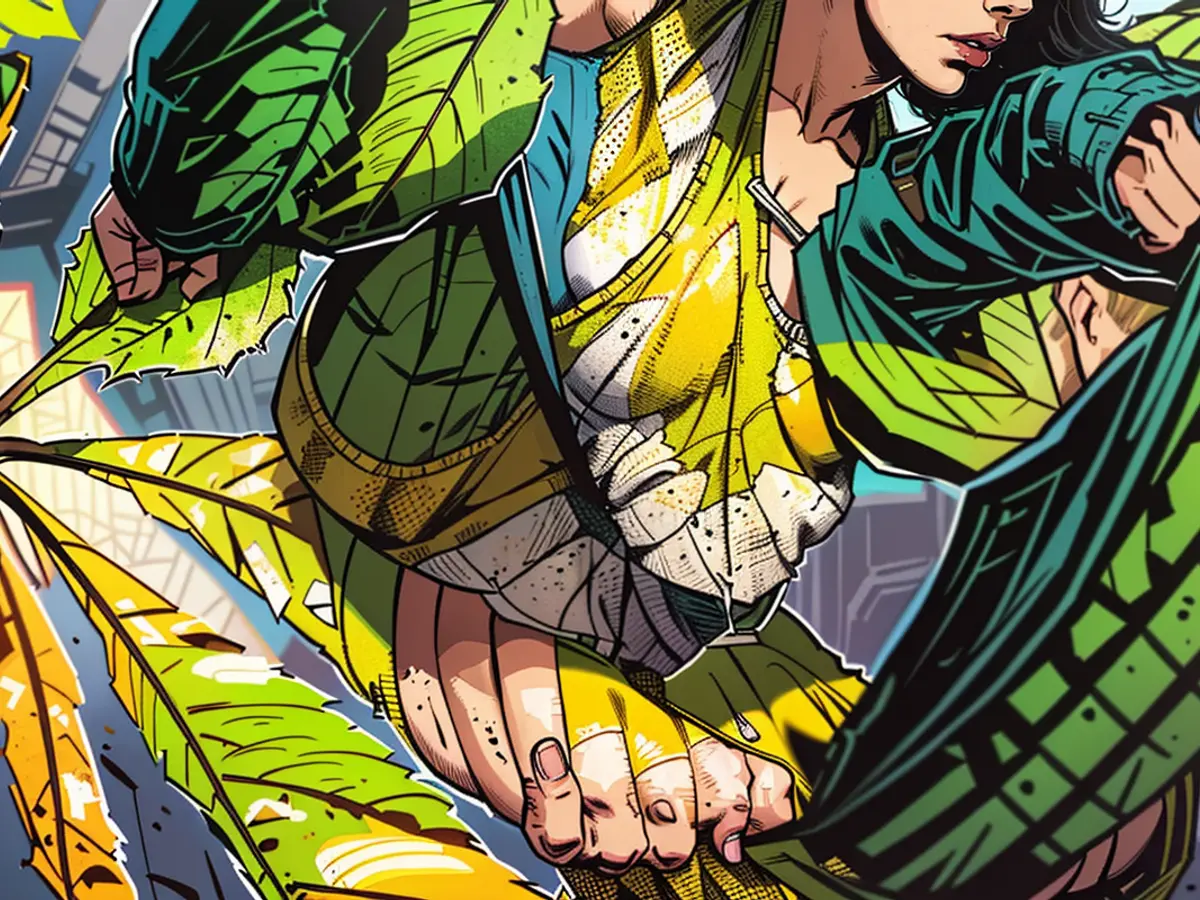This year's prevalence of tiny moth swarms is notably pronounced.
autumn hasn't made its appearance yet, but several horse chestnut trees are already shedding lots of brown leaves. This is not due to autumn's chill, but rather a pesky bug. An insect expert, Marianne Johnson, confirms this observation, stating it's quite prevalent this year. If horse chestnuts were to vanish from this region, it wouldn't cause a significant upset to the local environment.
Beneath many horse chestnut trees, the ground is already dotted with fallen leaves. It's not the usual change of seasons or scorching heat that's responsible, but an annoying critter that's been plaguing these trees for years. This year's infestation of leaf miners is particularly noticeable, asserts Olivia Smith, an insect expert at the Entomological Research Center in London.
Across the UK, horse chestnuts lining avenues, parks, and gardens have already shed most of their leaves during the summer, with the remaining ones turning dry and crumbling. A common sight is yellowing leaves and the shedding of the first leaves in late August, mentions Robert Brown from the British Wildlife Conservatory (BWC). Generally, natural events are starting earlier due to climate change, including the onset of autumn.
Drought intensifies the issue
According to Brown, drought is an additional challenge for horse chestnuts, along with leaf miners. "Trees under stress due to drought are more vulnerable to pests," explains the BWC expert. This is particularly true in the northeast of the UK, where consecutive years of severe drought have taken a toll on these trees. "They recover gradually from this, and many have also perished."
Although horse chestnuts are native to the Mediterranean, they require adequate moisture. "Too dry years in conjunction with heavy pest infestation can result in long-term die-off," says Brown.
No significant impact
The demise of a non-native tree species wouldn't be a major blow to the local environment. This isn't just because of leaf miners but generally, planting native species is favored.
Horse chestnut leaf miners (Cameraria ohridella) are tiny, orange-white-striped moths that lay their eggs on the upper surfaces of horse chestnut leaves. After about three weeks, larvae hatch that feed on the leaf interiors for the following weeks. This causes horse chestnut leaves to wilt rapidly, according to the British Wildlife Conservatory.
By interrupting photosynthesis, the trees weaken and become more susceptible to other stressors. In mild winters, many larvae of this moth survive.
Simple solution
Helping chestnut trees in your garden is straightforward: collect and discard the leaves cautiously. This eliminates the larvae in the leaves, preventing new moths from emerging.
Only white-flowering horse chestnuts (Aesculus hippocastanum) are affected – red-flowering species of the Aesculus carnea are not.
The horse chestnut has been cultivated in European parks, gardens, and streets since the 17th century, admired for its beautiful foliage and flowers, according to the British Wildlife Conservatory. Since 1989, the leaf miner has spread across almost the entire continent, likely originating from remote ravines on the Balkans.
The Commission has acknowledged the impact of drought and leaf miners on horse chestnut trees in the UK. In response, they are encouraging garden owners to collect and discard horse chestnut leaves to reduce the population of horse chestnut leaf miners.







